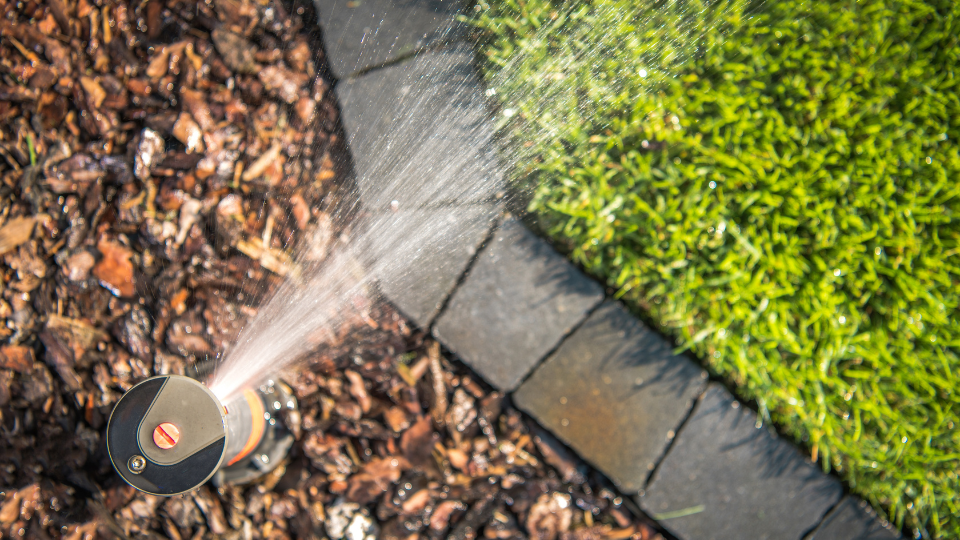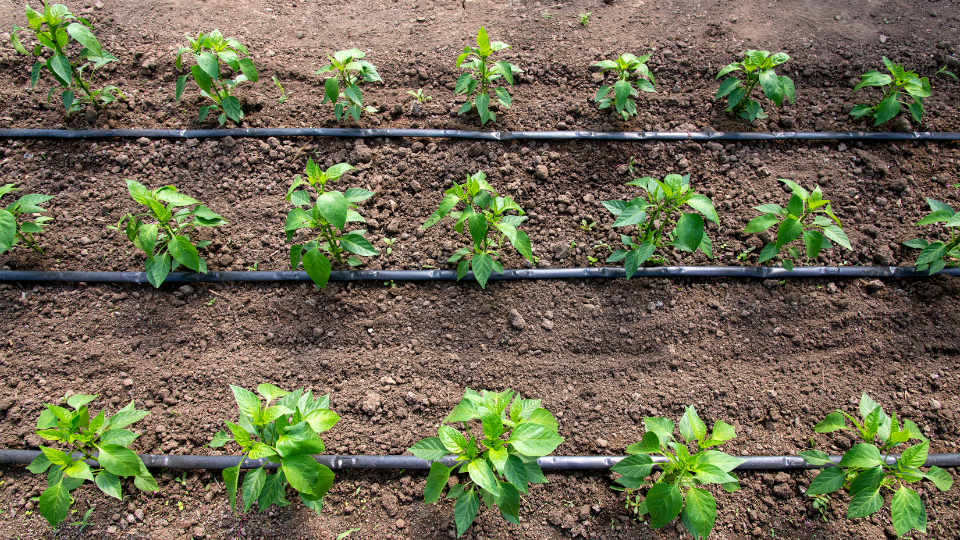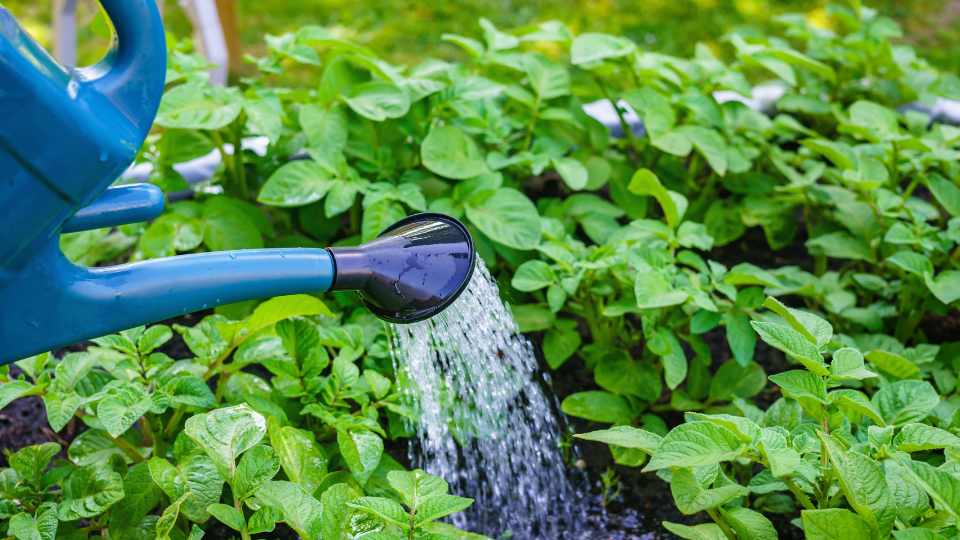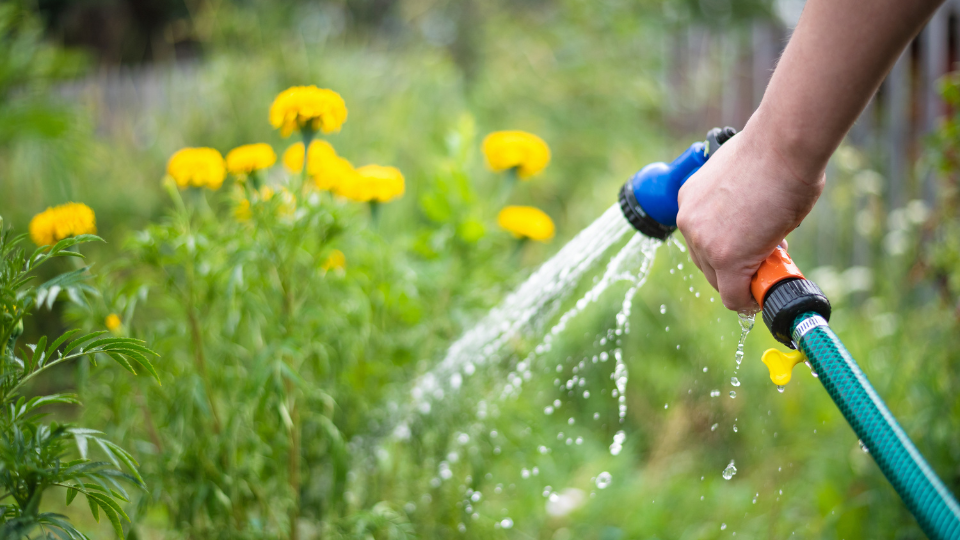We have a topic today that many of our amazing customers here at Rainbow Gardens often come to us for advice about. Interestingly enough, this topic is difficult to offer that advice, and today we want to tell you why. Can you guess what the topic is? If you said ‘watering’ you’re right.
While we pride ourselves on offering you knowledgeable, expert, advice. Explaining how to water has always been a hard one. Because watering needs are personal! There is no universal formula for how much to water. There are multiple factors that affect what YOUR specific garden, landscape, or turf, needs. We don’t always get the full story, if you know what I mean.

Why Watering is Personal
These factors may include: the type of plants or variety of turf you have, how much sun your planting area receives or how hot your specific microclimate might be. Whether or not you have a sloping landscape where water tends to run off quickly? What kind of soil do you have? Has it rained recently and how much did your plants actually get? These are just a few of the factors that come into play when it comes to figuring how to water; there are plenty more.
Watering a garden is actually very personal. That might sound weird, but what I mean is only YOU are going to know (by learning) how to water your garden the correct way. By taking inventory of all those factors listed above, and truly observing your plants on a regular basis, you WILL learn how to correctly water.
What we CAN offer you is some watering guidelines and tips for ways to make watering easier and more effective. It will truly be up to you to discern when your plants need water and how much. Diligently observing your landscape and being able to answer some of those watering factor questions in the first paragraph will truly be a game changer in your gardening success.
I’m pretty sure that I will get a few emails from friends with requests for watering advice even after they have read this. Keeping that in mind, I will now offer a few of our top tips for watering, with the disclaimer being ‘everything’ I just wrote! If you write to me on this subject, I might return you right back to this blog. (I hope you all have a good sense of humor.)

Signs You Need to Water (but not always):
Plants look wilted (feel soil first…wilt can just be heat stress, and plants may pop back up int he morning, if they don’t, then water).
Leaves may become curled or crispy and brown at the tips.
Turf does not ‘spring back’ when walked on, footprints are left indented.
You have newly planted plants. Newbies always need to be watered more often as their roots have not had the chance to grow and extend as far as established plants, which can search out water in the depths of soil.

Watering Tips
-Water in the mornings if you can.
-Teach your plants how to drink. Really! Do this by watering slower and deeper, but less frequently. This teaches your plants to rely on their roots to search for moisture that lies deep in the soil. This method will sure come in handy when water restrictions get enforced again. Water restrictions are pretty much given through summer here in San Antonio.
-Water the roots and drip lines of plants. Eliminate overhead watering that just lands on leaves and evaporates quickly. Leave sprinklers for your turf and choose drip irrigation or soaker hoses for garden beds; they’re great at getting water right where it needs to go.
-Double check that your sprinklers aren’t watering a new stone path or patio you may have recently installed. Those rocks aren’t going to grow any bigger! Look for overspray on fences, those don’t need water either.

Extra Water Saving Tips:
-Don’t buy water guzzling plants. Research some of our native plants that can handle periods of drought once established. You don’t have to go full on native landscape, but try a few planted in the same vicinity and compare how much water you use on them throughout the year compared to non-native species. We have some truly wonderful native plants here in Texas.
Buy a rain gauge so you know exactly how much rain your landscape receives. I’ve seen the rain shift from a 5 minute shower in my yard to a half hour next door. If I didn’t see it shift, I might just assume we received the same amount of water. It’s also amazing how many times I have seen it rain in my front yard but not the back, and vice versa. So maybe, buy two rain gauges!
Extra, Extra, Tips Watering Efficiency
Weed often. Weeds are thieves that steal moisture and nutrients from your plants. Get them when they are young and they are easier to pull out.
Mulch your plants (but leave space around trunks of trees and around stems and crowns of shrubs and perennials. Make a donut out of mulch, not a volcano.)
Most soil will benefit and hold more moisture when amended with compost (can usually skip this if planting native)
~The Happy Gardener, Lisa Mulroy


Very informative article on watering landscape.
Thank you for doing this for us.
Happy to help and thank you very much for reading and taking the time to respond.